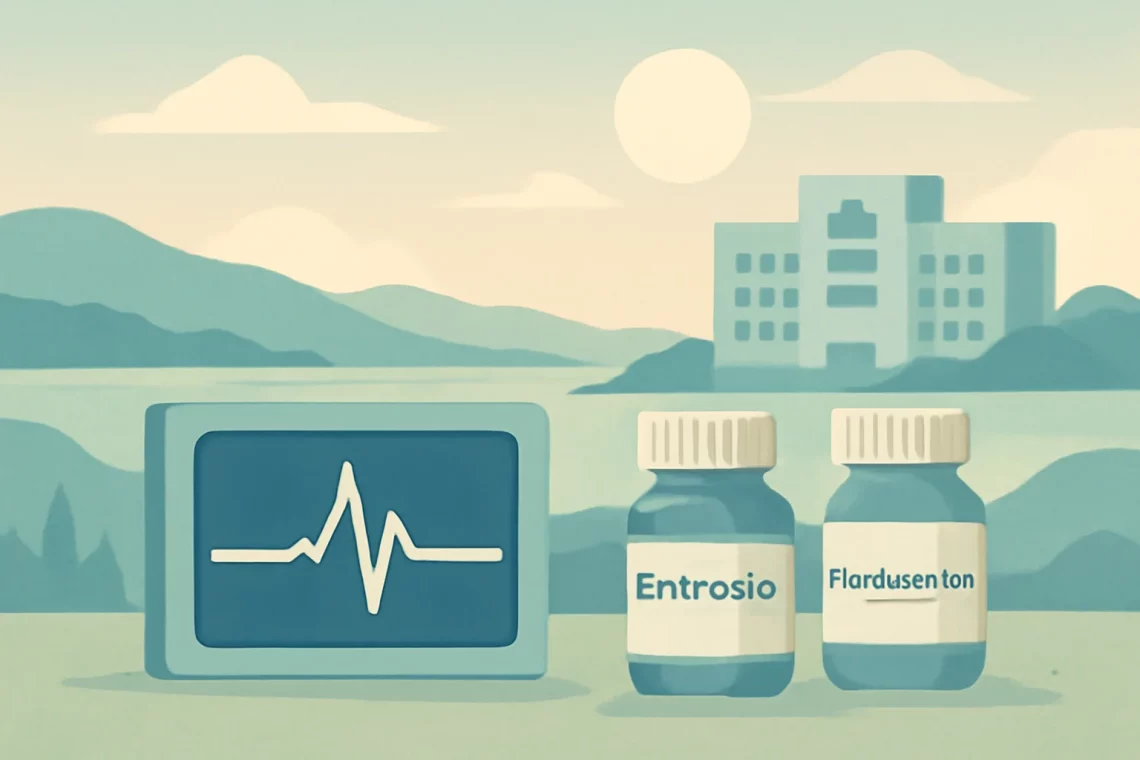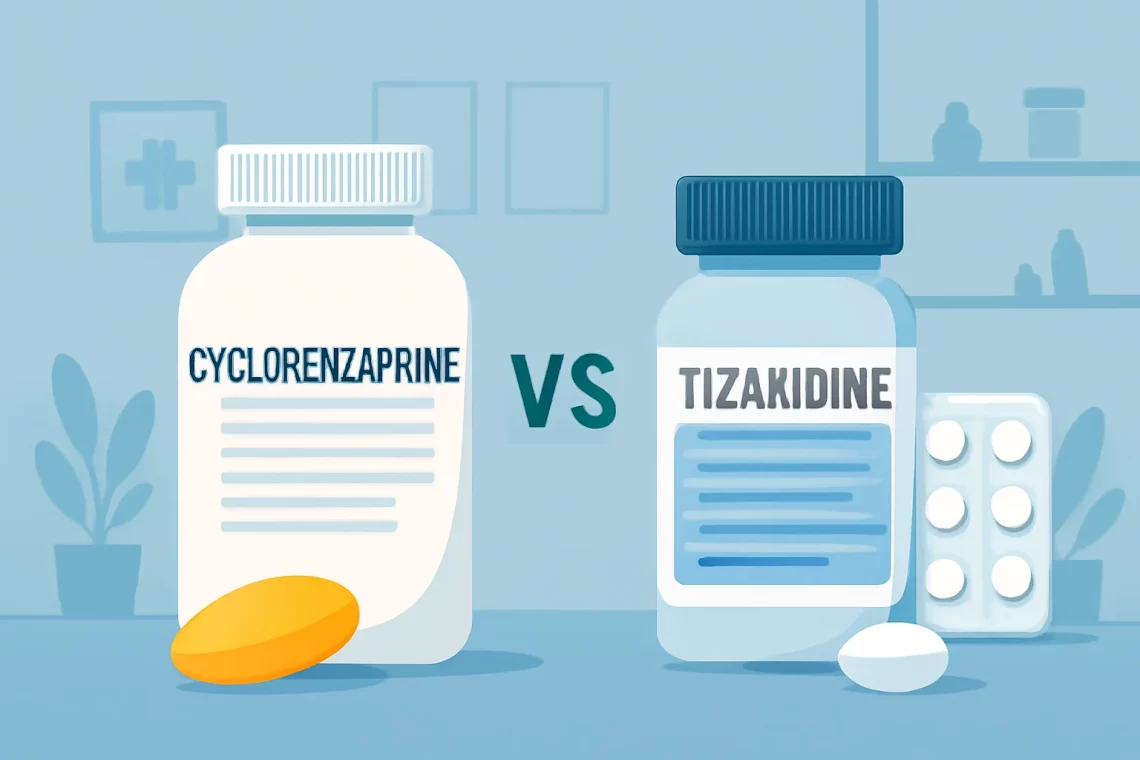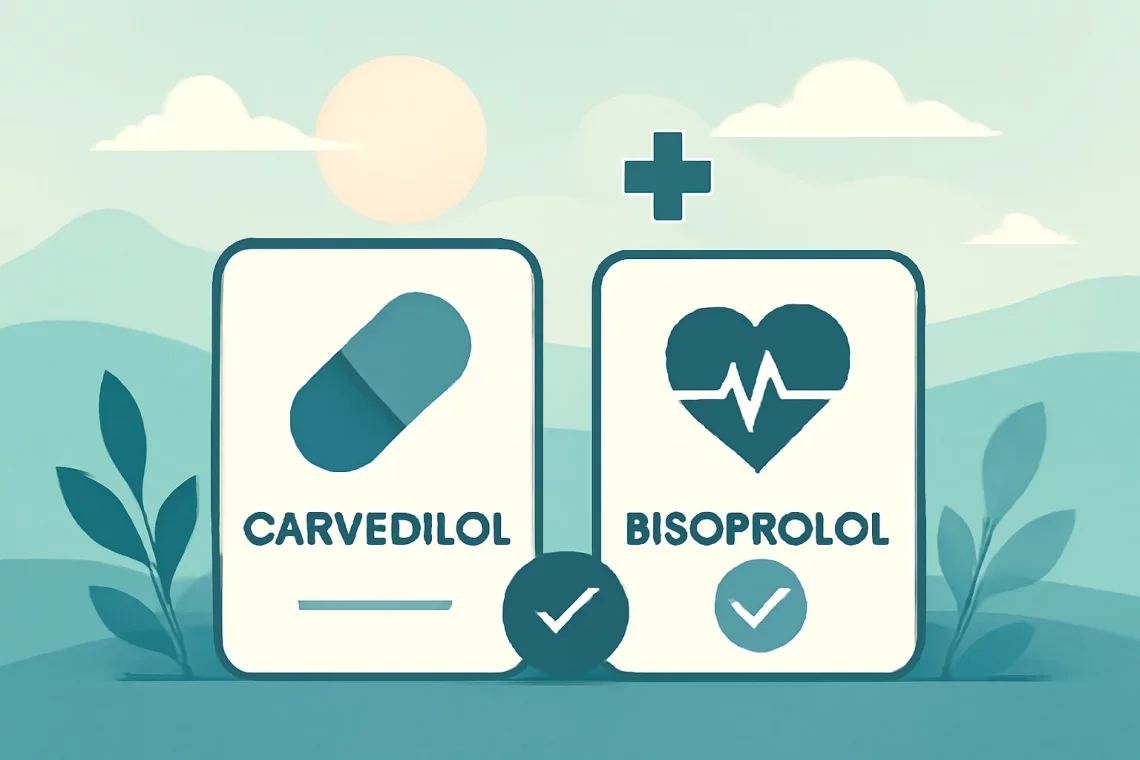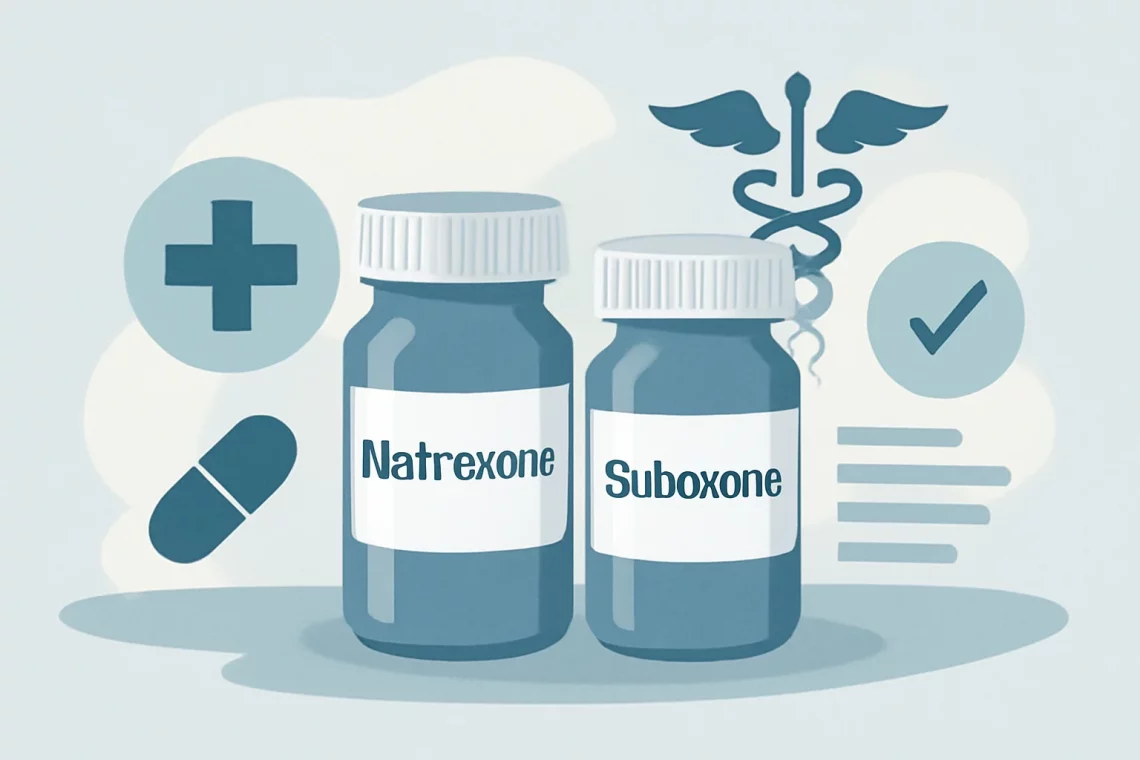-
Entresto vs Candesartan: Which Heart Failure Treatment Is Better?
Managing cardiovascular health is crucial for overall well-being, and a range of medications are available to help individuals manage conditions such as hypertension and heart failure. Among these medications, Entresto and Candesartan have gained prominence for their effectiveness in treating heart-related issues. Both of these drugs are designed to lower blood pressure and reduce the strain on the heart, but they work in different ways and have distinct profiles. Entresto, a combination of sacubitril and valsartan, operates by inhibiting a specific enzyme that breaks down natriuretic peptides, which are hormones that help regulate blood pressure and fluid balance. This dual action not only lowers blood pressure but also offers additional…
-
Cymbalta vs Elavil: A Comprehensive Comparison of Two Antidepressants
Cymbalta and Elavil are two medications frequently prescribed for various mental health conditions, particularly depression and anxiety disorders. As the understanding of mental health evolves, so too do the treatment options available to patients. Cymbalta, generically known as duloxetine, is a serotonin-norepinephrine reuptake inhibitor (SNRI) that has gained popularity for its dual-action mechanism of targeting both serotonin and norepinephrine, neurotransmitters that play significant roles in mood regulation. On the other hand, Elavil, or amitriptyline, belongs to a class of medications known as tricyclic antidepressants (TCAs), which have been used for decades to treat depression, anxiety, and even chronic pain. Both medications have their unique profiles, side effects, and potential interactions,…
-
Xanax vs Alprazolam Understanding the Differences and Similarities
Xanax and alprazolam are terms that are often used interchangeably, leading to confusion among patients and healthcare professionals alike. While Xanax is the brand name, alprazolam is the generic name of the same medication. Both are commonly prescribed for anxiety and panic disorders, but understanding their differences, uses, and potential impacts on health is crucial for anyone considering their use. As the prevalence of anxiety-related conditions continues to rise, discussions surrounding these medications become increasingly relevant. It is essential for individuals to educate themselves about the options available to them, the mechanisms of these drugs, and the implications of their use in daily life. This article aims to clarify these…
-
Cyclobenzaprine vs Tizanidine: Key Differences and Uses Explained
Cyclobenzaprine and tizanidine are two medications commonly prescribed to manage muscle spasms and associated discomfort. Both belong to the category of muscle relaxants but differ significantly in their mechanisms of action, indications, and side effects. Understanding these differences is crucial for healthcare providers and patients alike, as it can influence treatment choices and outcomes. Cyclobenzaprine is primarily used for short-term relief of muscle spasms, often resulting from acute musculoskeletal conditions. It works by acting on the central nervous system, helping to reduce muscle tightness and discomfort. On the other hand, tizanidine operates differently by acting as an alpha-2 adrenergic agonist, which decreases spasticity by inhibiting the release of excitatory neurotransmitters.…
-
Tramadol vs Tapentadol: Key Differences in Pain Management Options
Tramadol and tapentadol are two medications commonly prescribed for the management of moderate to severe pain. Both drugs belong to a class of medications known as analgesics, but they differ in their chemical structure, mechanism of action, and side effect profiles. As pain management continues to be a critical aspect of healthcare, understanding the nuances between these two medications can help patients and healthcare providers make informed decisions. The rise in opioid prescriptions has sparked discussions regarding the safety and efficacy of various pain management options. Tramadol, often viewed as a less potent alternative to traditional opioids, has gained popularity due to its lower risk of addiction. Tapentadol, on the…
-
Carvedilol vs Bisoprolol Which Beta-Blocker Is Right for You?
Carvedilol and bisoprolol are two prominent medications commonly prescribed for managing cardiovascular conditions, particularly hypertension and heart failure. As beta-blockers, they share similar mechanisms of action but differ in their specific applications, side effects, and efficacy profiles. Understanding these differences is essential for both healthcare professionals and patients to make informed decisions about treatment options. In recent years, the focus on cardiovascular health has intensified, with a growing emphasis on personalized medicine. This approach tailors treatment plans to individual patient needs, making it crucial to compare various medications. Carvedilol is known for its ability to provide additional benefits beyond heart rate reduction, such as vasodilation, which can lead to improved…
-
Quetiapine vs Aripiprazole: Choosing the Right Antipsychotic Treatment
Quetiapine and aripiprazole are two widely used medications in the treatment of various psychiatric disorders. As mental health awareness continues to grow, understanding the differences, benefits, and potential side effects of these antipsychotic medications has become increasingly important for patients, caregivers, and healthcare providers alike. Both drugs belong to the class of atypical antipsychotics, which are designed to target a variety of symptoms associated with mental illnesses, such as schizophrenia, bipolar disorder, and major depressive disorder. Quetiapine, often marketed under the brand name Seroquel, has gained recognition for its sedative properties. It’s frequently prescribed for patients experiencing severe anxiety or insomnia alongside their primary mental health conditions. On the other…
-
Quetiapine vs Aripiprazole: Which Antipsychotic Is Right for You?
Quetiapine and aripiprazole are two widely used medications in the field of psychiatry, known for their roles in treating various mental health disorders. As mental health awareness continues to grow, understanding the distinctions and similarities between these two medications becomes increasingly important for patients and caregivers alike. Both drugs belong to the class of atypical antipsychotics, but they have unique mechanisms of action, side effect profiles, and indications that can influence treatment outcomes. Quetiapine, marketed under the brand name Seroquel, is often prescribed for conditions such as schizophrenia, bipolar disorder, and major depressive disorder, especially in cases where traditional antidepressants may not be effective. On the other hand, aripiprazole, known…
-
Naltrexone vs Suboxone: Understanding the Key Differences and Benefits
Naltrexone and Suboxone are two medications commonly used in the treatment of substance use disorders, particularly opioid dependence. As the opioid crisis continues to affect countless individuals and communities, understanding the distinctions between these medications becomes increasingly important. Both Naltrexone and Suboxone serve unique roles in the recovery process, yet they operate through different mechanisms and have varying applications. Naltrexone is an opioid antagonist, meaning it blocks the effects of opioids at their receptor sites, thereby reducing cravings and the potential for relapse. In contrast, Suboxone is a combination of buprenorphine, a partial opioid agonist, and naloxone, which helps prevent misuse. This combination not only alleviates withdrawal symptoms but also…
-
Comparing Methotrexate and Leflunomide for Effective Treatment Options
Methotrexate and leflunomide are two cornerstone medications commonly used in the treatment of autoimmune diseases, particularly rheumatoid arthritis and psoriatic arthritis. Both drugs have proven effective in managing symptoms and slowing disease progression. However, they work through different mechanisms and have distinct side effect profiles, which can influence a physician’s choice depending on the patient’s specific condition and medical history. Methotrexate, initially developed as an anti-cancer drug, has established itself as a first-line treatment for various inflammatory and autoimmune conditions. It is an antimetabolite that interferes with DNA synthesis, thereby reducing the proliferation of rapidly dividing cells, including those involved in the immune response. On the other hand, leflunomide is…







































